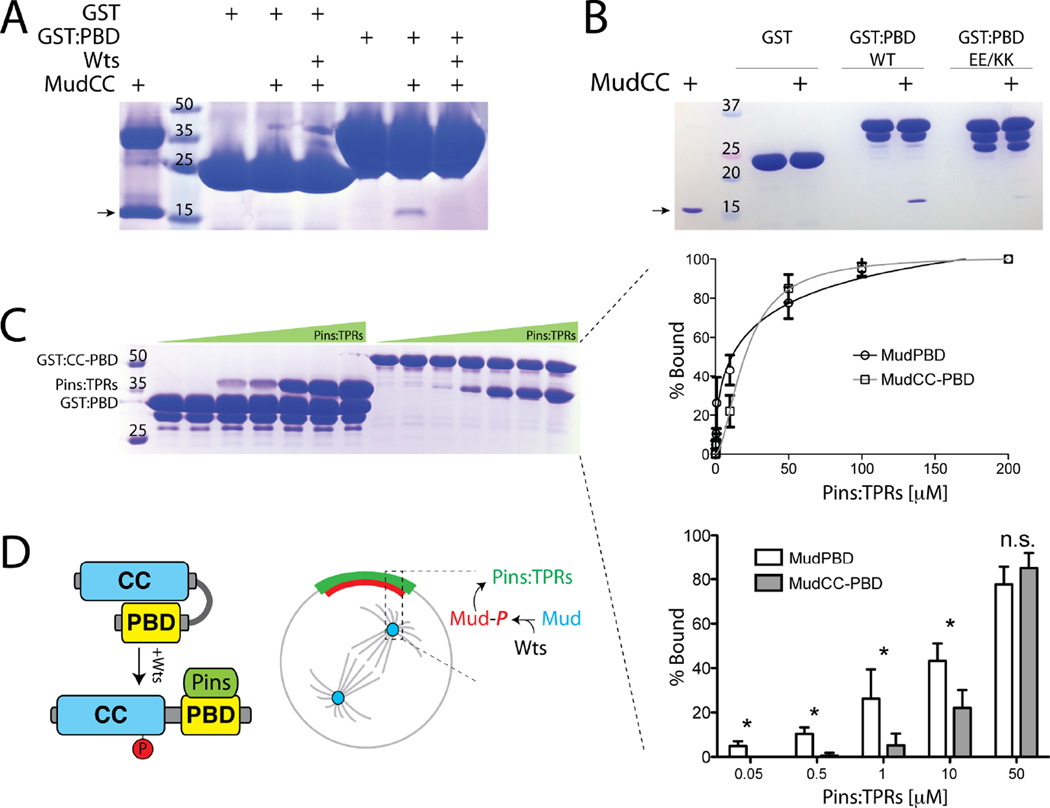Figure 5. Mud phosphorylation modulates its direct interaction with Pins.
(A) MudCC was incubated in the absence or presence of Wts kinase to allow phosphorylation. Proteins were then incubated with GST or GST fused to MudPBD (GST:PBD), resolved by SDS-PAGE and coomassie stained to determine bound proteins. Wts inhibits the ability of GST:PBD to co-precipitate MudCC. The higher molecular weight band in lane 1 is an impurity that sometimes proved difficult to remove during MudCC purification. (B) MudCC was incubated with GST or GST:PBD, either as wild-type (WT) sequence or a E1939K/E1941K double mutant (EE/KK). The mutant PBD is severely impaired in its ability to bind MudCC. The arrow in panels A and B indicates MudCC(C) MudPBD alone or in tandem with the coiled-coil (MudCC-PBD) were fused to GST and incubated with increasing concentrations of the TPR domains of Pins (Pins:TPRs). Bands representing Pins:TPRs were quantified using densitometry analysis (ImageJ) and plotted as percent bound (right insets). Inclusion of the coiled-coil domain (i.e. MudCC-PBD) significantly reduced interaction with Pins:TPRs at concentrations up to 10 µM. (D) Model for Wts-mediated Mud regulation. Self-association between MudCC and MudPBD domains prevents Pins binding at low concentrations. Wts phosphorylation of MudCC allows for high affinity Pins binding at the cell cortex. Whether the cortical and spindle pole Mud pools are directly connected remains to be determined, as is the precise mechanism for cortical Mud translocation. Statistical analyses were performed using ANOVA with Tukey’s post-hoc test.

